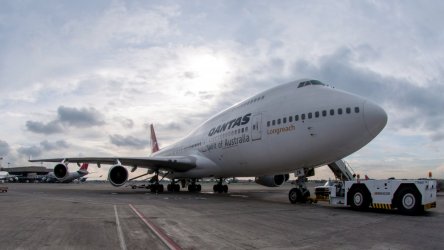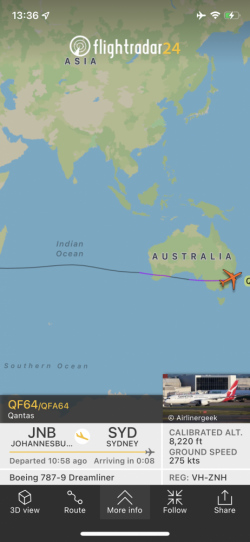- Joined
- Nov 12, 2012
- Posts
- 31,094
- Qantas
- Platinum
- Virgin
- Platinum
- Star Alliance
- Gold
Thanks, JB. I'd forgotten that the FWC forced a termination of the event after only few days. I was in the US at a conference, on a client's dime, so I returned home on United the day after it started. But most of the Aussies there were stranded and not-happy-Alan.
Separately - would you ever consider donating your log book - or a copy of it - to an aviation museum, assuming any personal stuff in there could be taken out/blanked? Do you know if others have done such? I've no doubt that it would be of interest to researchers in the future, in a number of fields. Usually a donor can restrict access to donated material - for instance, to bona fide researchers; or have no copying etc.
Separately - would you ever consider donating your log book - or a copy of it - to an aviation museum, assuming any personal stuff in there could be taken out/blanked? Do you know if others have done such? I've no doubt that it would be of interest to researchers in the future, in a number of fields. Usually a donor can restrict access to donated material - for instance, to bona fide researchers; or have no copying etc.

















